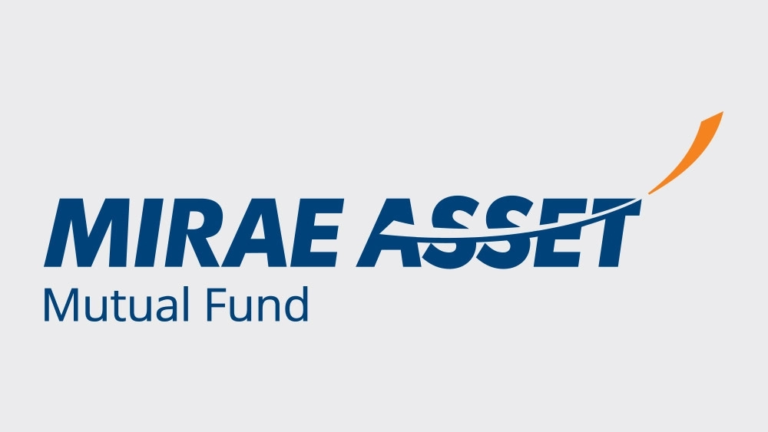Which New Rule Has Made the NPS Accounts More Secure?

The Pension Fund Regulatory and Development Authority (PFRDA) has introduced a significant security enhancement for the National Pension System (NPS) accounts, particularly within the government sector. This comes in the form of a two-factor authentication system for accessing the Central Recordkeeping Agency (CRA) system, a move aimed at creating a more secure environment for NPS subscribers and stakeholders. This article delves into the specifics of this new rule, its implementation, and its implications for users.
Also Read: Is Flipkart Acquiring Dunzo? Know the Truth
Contents
Introduction to the New Security Measure
On February 20, 2024, the PFRDA issued a circular announcing the integration of Aadhaar-based authentication with the existing user ID and password login system for the NPS CRA system. This initiative is set to be implemented on April 1, 2024, marking a significant step towards bolstering the security framework of the NPS.
Two-Factor Authentication: A Closer Look
The new login mechanism introduces two-factor authentication, a security process in which users are required to provide two different authentication factors to verify themselves. This method is a significant enhancement over the traditional single-factor authentication, typically just a user ID and password. In the context of NPS accounts, this means an Aadhaar-based authentication will be integrated with the existing login credentials, providing an additional layer of security.
Example of Two-Factor Authentication in Practice:
- First Factor – User ID and Password: The user enters their NPS account user ID and password as usual.
- Second Factor – Aadhaar Authentication: Following the successful entry of the user ID and password, the user is prompted to authenticate via Aadhaar, possibly through an OTP sent to the registered mobile number linked with the Aadhaar.
This dual-step verification process significantly reduces the risk of unauthorized access, ensuring that even if login credentials are compromised, the attacker would still need access to the user’s Aadhaar-linked mobile number.
Rationale Behind the Security Enhancement
The PFRDA’s decision to enhance the NPS CRA system’s security stems from the need to safeguard sensitive subscriber information and financial assets against the growing threats of cyberattacks and unauthorized access. The existing system, reliant solely on passwords, presented potential vulnerabilities that could be exploited by cybercriminals. By adopting two-factor authentication, the PFRDA aims to create a more resilient defense mechanism for the NPS ecosystem.
Implementation and Transition
The PFRDA has mandated all CRAs to develop and disseminate a detailed standard operating procedure (SOP) along with the process flow to Government Nodal Offices. This initiative will include extensive engagement with Nodal Officers to ensure a thorough understanding of the changes and a smooth transition. Government Sector offices and Autonomous Bodies are required to adapt to this new feature, preparing their systems for the implementation of Aadhaar-based login and authentication.
Impact on NPS Account Access
Incorrect user ID or password entries are common reasons for denied access to the CRA system. The PFRDA has outlined safety measures to address this, including account lockout after five consecutive incorrect password attempts, with options for password reset by answering a secret question. In situations where the password cannot be reset, a request for the reissue of the I-Pin is necessary.
Conclusion
The introduction of two-factor authentication for NPS accounts represents a proactive and necessary step towards enhancing the security of the pension system in India. By integrating Aadhaar-based authentication with existing login mechanisms, the PFRDA is significantly elevating the protection of subscriber data and assets. As the implementation date approaches, all stakeholders within the NPS ecosystem are encouraged to familiarize themselves with the new system to ensure a seamless transition to a more secure NPS environment.





